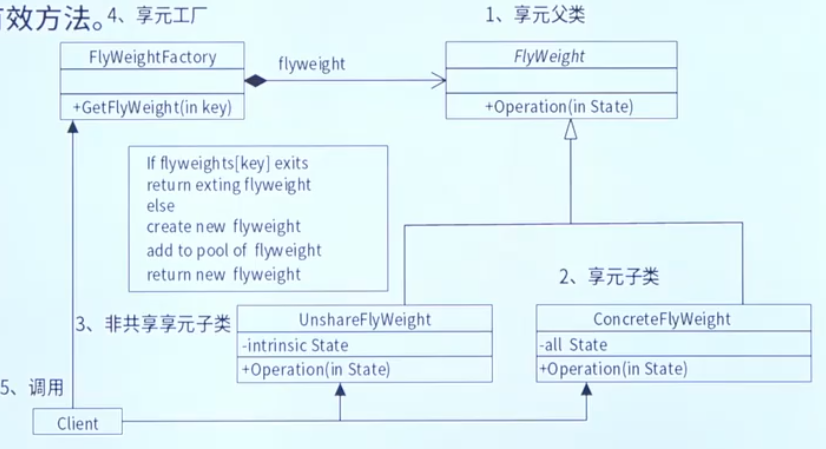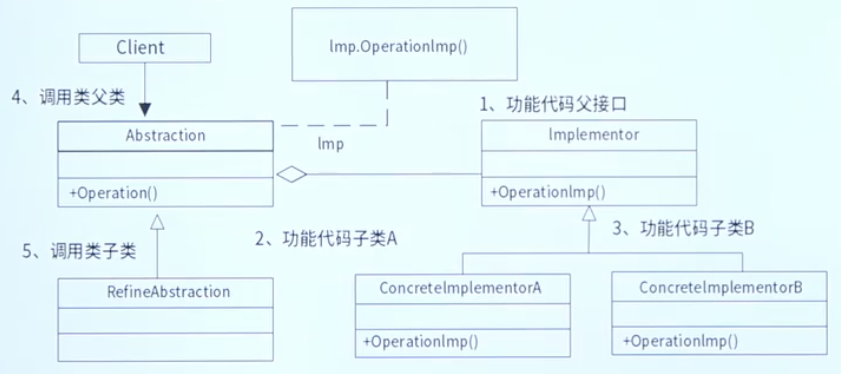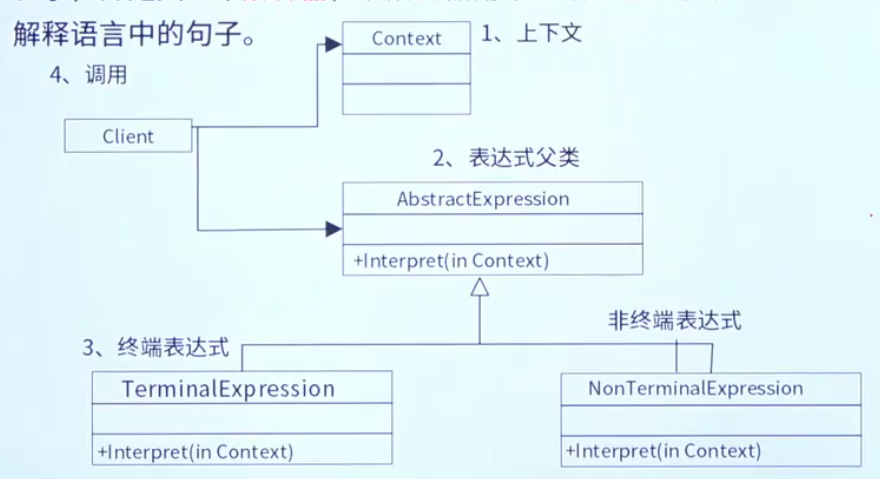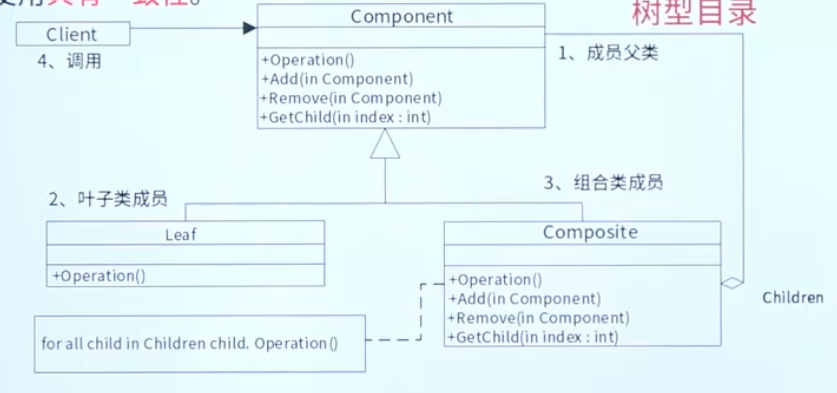SpringBoot单元测试
spring单元测试
之前在spring项目中使用单元测试时是使用注解@RunWith(SpringJUnit4ClassRunner.class)来进行的
1
2
3
4
5
| @RunWith(SpringJUnit4ClassRunner.class)
@WebAppConfiguration
@ContextConfiguration(locations = { // 指定配置文件
"classpath*:springmvc.xml"
})
|
使用@WebAppConfiguration注解之后还可以注入WebApplicationContext环境
1
2
3
4
5
6
7
8
9
| @Autowired
private WebApplicationContext webApplicationContext;
private MockMvc mockMvc;
@Before
public void setup(){
mockMvc = MockMvcBuilders.webAppContextSetup(webApplicationContext).build();
}
|
MockMvc
我们可以使用MockMvc来进行模拟请求
1
2
3
4
5
6
7
8
| @Test
public void test() throws Exception {
MockHttpServletResponse response = mockMvc.perform(MockMvcRequestBuilders.get("/json/testJson"))
.andExpect(MockMvcResultMatchers.status().isOk())
.andReturn().getResponse();
System.out.println(response.getContentAsString());
}
|
web安全测试
我们项目中经常会使用spring-security来进行权限,这就给我们的测试带来了麻烦,可以使用spring-security-test依赖来进行测试
1
2
3
4
5
6
| <dependency>
<groupId>org.springframework.security</groupId>
<artifactId>spring-security-test</artifactId>
<version>5.1.5.RELEASE</version>
<scope>test</scope>
</dependency>
|
在进行开启支持springSecurity
1
2
3
4
5
6
7
| @Before
public void setup(){
mockMvc = MockMvcBuilders
.webAppContextSetup(webApplicationContext)
.apply(SecurityMockMvcConfigurers.springSecurity())
.build();
}
|
在写单元测试方法时,可以使用@WithMockUser来设置用户
1
2
3
4
5
6
7
8
9
| @Test
@WithMockUser(username = "root",password = "123456",roles = "ADMIN")
public void testSecurity() throws Exception {
MockHttpServletResponse response = mockMvc.perform(MockMvcRequestBuilders.get("/json/testJson"))
.andExpect(MockMvcResultMatchers.status().isOk())
.andReturn().getResponse();
System.out.println(response.getContentAsString());
}
|
然后使用测试的UserDetails来进行用户验证@WithUserDetails(“root”)
springboot单元测试
springboot中可以使用@SpringBootTest来进行单元测试,其中设置webEnvironment可以来定义运行模式,并在测试用例上使用@RunWith(SpringRunner.class)注解
1
2
3
4
5
6
7
8
9
10
11
12
13
14
15
| enum WebEnvironment {
MOCK(false),
RANDOM_PORT(true),
DEFINED_PORT(true),
NONE(false);
}
|
示例
1
2
3
4
5
6
7
8
9
10
11
12
13
| @RunWith(SpringRunner.class)
@SpringBootTest
public class DemoApplicationTests {
@Autowired
private CustomConfig config;
@Test
public void testProfile() {
System.out.println(config.getName());
}
}
|



